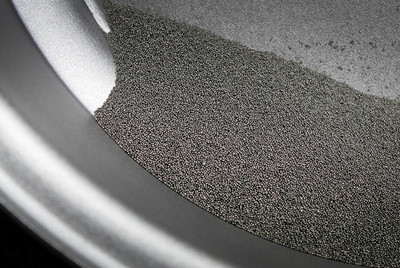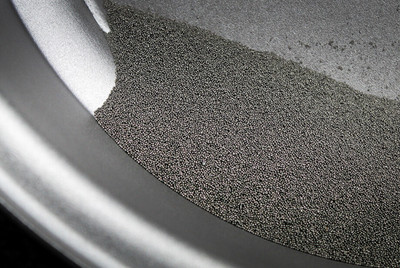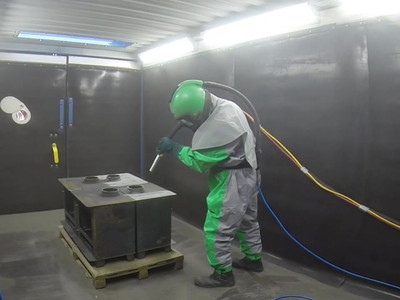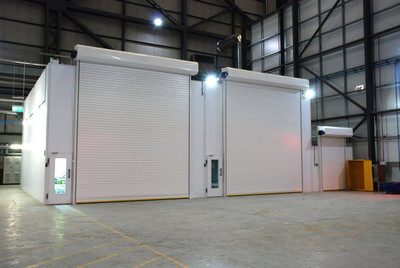11th Nov 2025
If your blasting media is wearing out faster than expected, you’re probably asking why. Every abrasive will eventually wear out, but the rate and impact of this process can vary widely.
Understanding the causes of breakdown doesn’t just explain poor results – it helps operators reduce waste, maintain consistent surface quality, and control costs across projects.
What causes abrasive media to break down?
Abrasive media breaks down through repeated impact and wear – a process technically referred to as attrition, where particles wear down or fracture from continual contact and friction. In practice, this manifests when high-speed media particles strike a surface, shatter into smaller fragments, and eventually lose their cutting effectiveness over time.
Key factors include:
- Impact energy: Higher pressures deliver more cutting power but accelerate breakdown. Lower pressures extend media life but may slow productivity.
- Physical properties: The hardness, shape, friability, and density of the media play a significant role in its longevity against blasting stress.
- Surface hardness: Tougher surfaces create more resistance, causing faster wear. Softer substrates can extend abrasive life.
- Recycling and cleaning: Effective recycling systems remove dust, fines, and contaminants. Poor cleaning keeps broken particles in circulation, lowering efficiency and surface quality.
- Moisture: Exposure to air humidity or improper air supply can degrade abrasives, reducing effectiveness and flow consistency.
Why abrasive breakdown affects blasting results
When media breaks down, it changes how blasting performs – and not for the better. Some common issues include:
- Reduced efficiency: Smaller, rounded particles carry less energy, meaning more passes are needed.
- Surface quality issues: Worn abrasives may leave uneven profiles or fail to meet specifications.
- Dust generation: Fines increase dust levels, affecting visibility, recycling, and operator safety.
- Higher consumption and costs: More fresh abrasive is needed to maintain results, raising both material and labour costs.
How to improve abrasive lifespan and blasting efficiency
Operators can’t stop breakdown completely, but they can slow it down and manage it more effectively. The key is making smart choices. Operators can slow breakdown and improve results by:
- Choosing the right media for the job, balancing aggressiveness with durability.
- Adjusting blast pressure to achieve the required profile without excessive wear.
- Using effective recycling and separating systems to maintain media quality.
- Regularly monitoring abrasive performance and replacing it at the right time.
A proactive approach helps maintain consistent surface quality, optimises abrasive recycling, and keeps costs under control.
Conclusion
Abrasive media breakdown is inevitable – but it doesn’t have to mean spiralling costs or inconsistent results. By understanding why it happens and how different factors accelerate wear, operators can make informed decisions about media selection, pressure settings, and recycling practices.
Managing breakdown isn’t just about extending abrasive life. It’s about improving efficiency, keeping surfaces consistent, and ensuring every blasting project delivers quality results at the lowest possible cost.
Struggling with rapid abrasive wear? Browse our full range of abrasives designed to last longer, reduce waste, and deliver consistent results.




